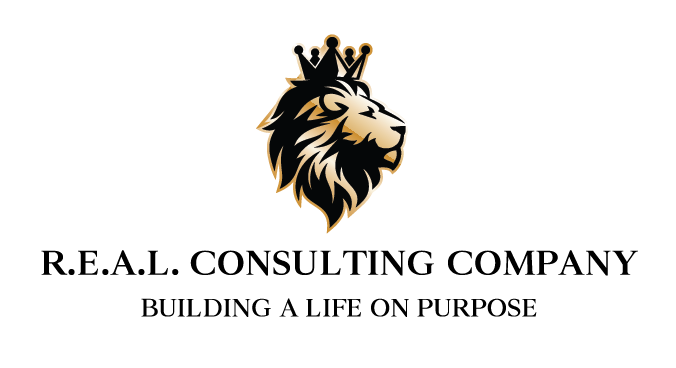There are clear differences between what people know and what people do, especially in business. This gap between knowing and doing can lead to disappointing results, frustration, and stalled projects. These symptoms ultimately lead to one thing: unrealized business goals.
What causes the knowing-doing gap?
There are three general causes that create a divide between what a person knows and what they do when it comes to their business. The first is referred to as NOwledge. NOwLedge is the general disorganization and lack of information when it comes to performing a task. This leads to a disconnect between what should be done because the person tasked with an assignment does not have all the information to complete it properly.
The second is alignment. Successful businesses must have alignment between their desire and purpose, mission and culture, goals and values, and beliefs and behaviour. For example, if a company puts out the belief that they strive for sustainability but their company behaviour does not reflect that, there’s a gap in the alignment between those two business aspects.
Lastly is programming, which is the number one cause for the gap between knowing and doing. Programming is how all parties involved—clients, co-workers, and employees—internally function when striving for results. That programming sets the boundaries for achievement and can create difficulties when it comes to long-term change.
Closing the knowledge gap
To turn NOwledge into knowledge, you have to answer these five questions: who, what, where, why, and how. These are referred to as knowledge buckets. To fill these buckets, you must first utilize models and systems that can help to identify and organize the knowledge your business needs for continued success. Models such as the accountability and organization models can provide vital insight on how all the pieces fit together. Essentially, filling the knowledge buckets with these strategies will be akin to having an operations manual for your business.
Closing the alignment gap
The alignment gap can be more difficult to close, however, with ongoing business assessments, it can be done. You will want to review your goals, mission, values, and purpose sporadically to ensure that everything is staying in alignment. If you don’t know where to start, a business coach or trainer can be helpful in identifying your company’s core components and help you get them into alignment.
Closing the programming gap
By assessing what you do against the results you’re getting will help to identify the programming gap. To address flaws in programming, you will need to identify habitual behaviours that are driving actions and results. To change this programming, you will need to take what you’ve gained from the assessments and use that clarity to push for repetition in the right direction. By staying accountable and supporting repetition, you can close the programming gap.
Reviewing your organization for any issues will help you to develop in areas that are holding you back from further success. By addressing alignment, knowledge, and programming, you can close the gap that’s causing a stall in your success once and for all.
Colin Bradford is a certified Business MAPS and The One Thing, Coach


